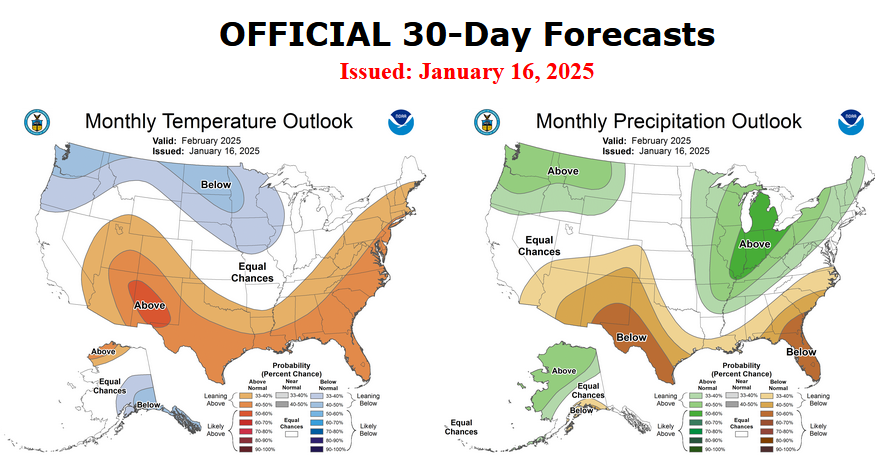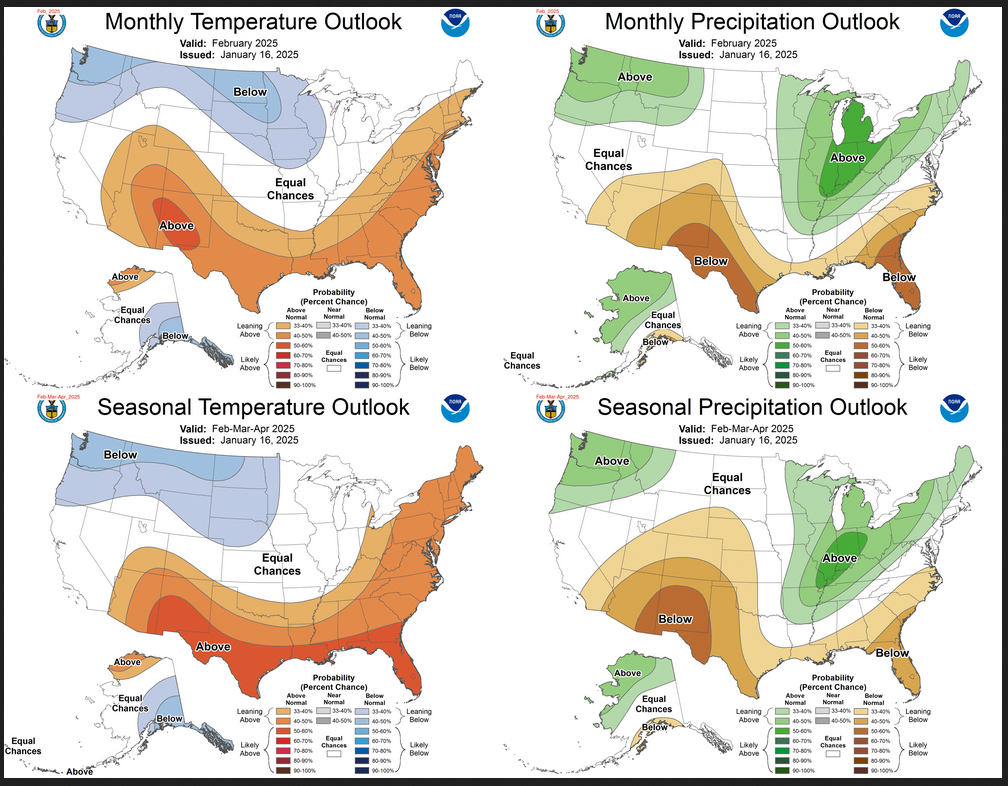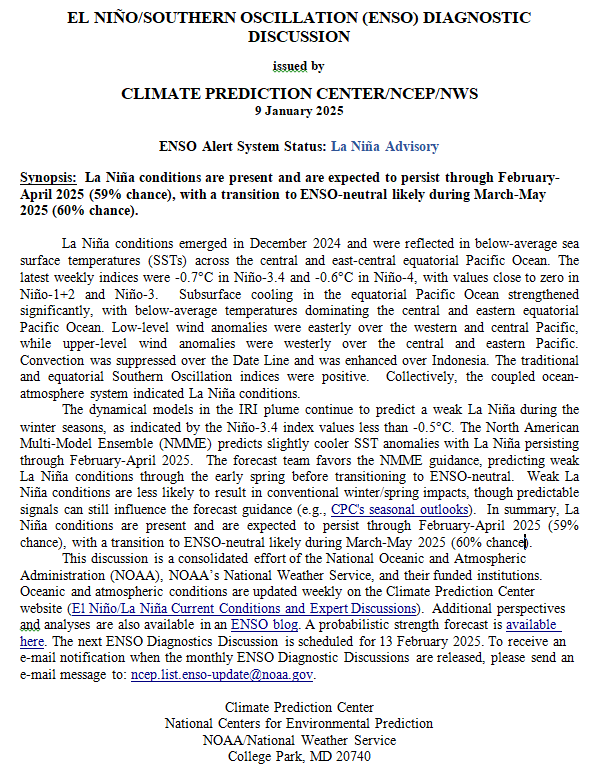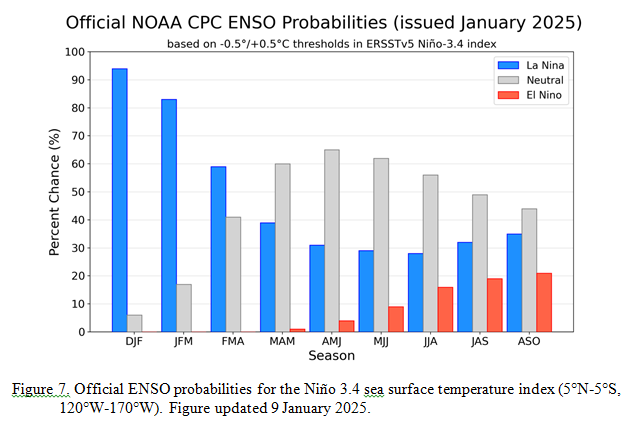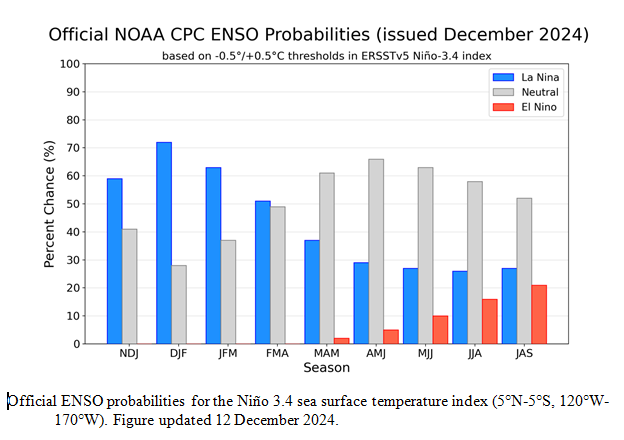Weather Outlook for the U.S. for Today Through at Least 22 Days and a Six-Day Forecast for the World: – Posted on January 18, 2025
This article focuses on what we are paying attention to in the next 48 to 72 hours. The article also includes weather maps for longer-term U.S. outlooks (up to four weeks) and a six-day World weather outlook which can be very useful for travelers.
First the NWS Short Range Forecast. The afternoon NWS text update can be found here after about 4 p.m. New York time but it is unlikely to have changed very much from the morning update. The images in this article automatically update.
Short Range Forecast Discussion
NWS Weather Prediction Center College Park MD
Sat Jan 18 2025
Valid 12Z Sat Jan 18 2025 – 12Z Mon Jan 20 2025…Winter storm to bring moderate to heavy snow to the Mid-Atlantic and
Northeast Sunday……Snow showers with moderate accumulations continue Saturday through the
central Rockies and adjacent central/southern High Plains……Arctic front brings dangerous cold to much of the nation this weekend…
Moisture lifting northward ahead of a storm system/cold front pushing
through the eastern U.S. will bring wintry precipitation to the north and
rain and thunderstorms to the Southeast Saturday. A light to moderate
wintry mix is expected to move from the Great Lakes into the Appalachians
and interior Northeast, with mostly light rain showers elsewhere in the
Ohio Valley/Southeast and along the East Coast. An enhanced flow of Gulf
moisture over northern Florida will bring some more intense showers and
thunderstorms Saturday night with locally heavy rainfall and the risk for
some isolated flash flooding. A changeover to snow is expected Saturday
night for the Ohio/Tennessee Valleys following cold frontal passage,
though accumulations should generally remain light. Then, an upper-level
shortwave traversing the southern U.S. will help to encourage the
development/deepening of an area of low pressure as it moves off the coast
of the Mid-Atlantic. This will lead to an enhanced swath of snow to the
northwest of the low track beginning early Sunday morning across the
Appalachians and continuing into the day Sunday from the northern
Mid-Atlantic to New England. The swath of heaviest snow (5-8″+) will
likely stay just to the north and west of the I-95 corridor. However, 3-6″
of snow with locally higher amounts is expected from northern Maryland
through Boston. Lake-effect snow will also continue this weekend for
favorable locations downwind of the Great Lakes with strong northwesterly
flow in place following the frontal passage.Elsewhere, snow showers will continue Friday for portions of the Rockies
and adjacent central/southern High Plains in post-frontal upslope flow.
Moderate totals of 3-6″ are possible in vicinity of the Raton Mesa.
Otherwise, the rest of the central/western U.S. will be mostly dry this
weekend.Besides the impactful winter weather, dangerously cold temperatures
spreading across much of the Lower 48 this weekend and into next week will
be the other big weather story. Arctic air will plunge southward Saturday
over the Rockies, Plains, and Midwest following the cold frontal passage,
and will reach the East Coast Sunday night as the front moves off into the
Atlantic. Forecast highs by Sunday range from below zero to the single
digits in the northern Plains/Upper Midwest, the teens and 20s across the
central Plains and Midwest, the 20s and 30s for the southern Plains and
Lower Mississippi Valley, and the 40s along the western and central Gulf
Coast. These temperatures will spread to the East Coast for highs Monday,
just beyond the forecast period. Dangerously cold wind chills of 30-55
degrees below zero are expected across the Rockies, northern Plains, and
Upper Midwest Sunday and continuing into next week. This will pose a
life-threatening risk of hypothermia and frostbite to exposed skin. Wind
chills below zero will reach as far south as Oklahoma and the Tennessee
Valleys. Temperatures will remain near average west of the Rockies, with
30s and 40s for the Interior West/Pacific Northwest, the 50s and 60s in
California, and the 60s and 70s in the Desert Southwest.




